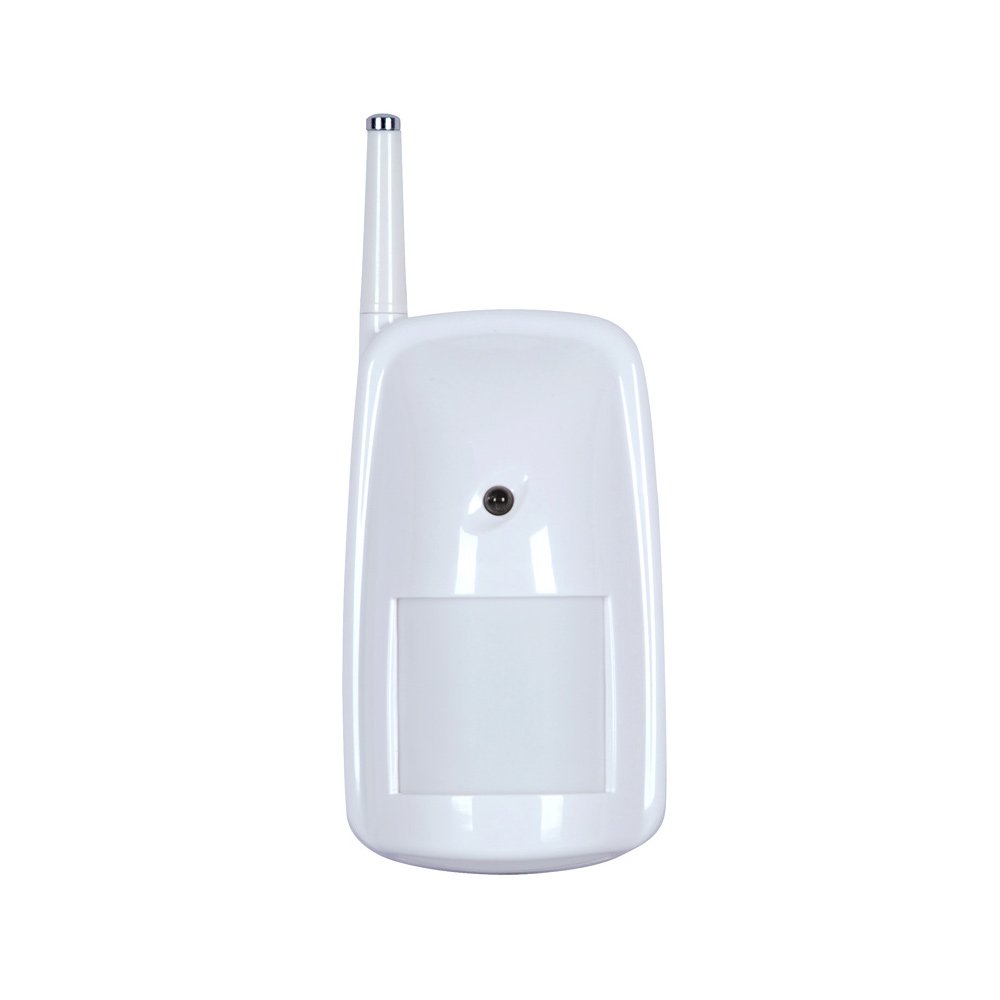Description
Key Features of Wireless Digital PIR Detectors:
- Wireless Connectivity: These detectors communicate with the central security system via wireless protocols such as Wi-Fi, Zigbee, or Z-Wave. This feature simplifies installation and integration into existing systems without the need for extensive wiring.
- Digital Signal Processing (DSP): This technology enhances the detector’s ability to differentiate between different sources of infrared radiation, reducing false alarms caused by pets, small animals, or environmental factors.
- Pet Immunity: Advanced models include algorithms that can ignore the movement of pets up to a certain weight limit, preventing false alarms and enhancing system reliability.
- Wide Detection Range: Wireless digital PIR detectors are typically capable of monitoring a large area, with some models offering 360-degree coverage or adjustable sensitivity to tailor the detection field.
- Low Energy Consumption: These detectors are designed for efficiency, often operating on batteries for extended periods without the need for frequent replacements.
- Easy Integration: Compatible with various home automation and smart home systems, allowing for seamless integration and remote management through smartphone apps.
Ideal Applications:
- Home Security: Perfect for residential areas where monitoring for intruders or unexpected movement is necessary.
- Businesses: Useful in offices, warehouses, and retail environments to enhance security after hours or in restricted areas.
- Sensitive Locations: Ideal for places where high-value items are stored, such as museums, galleries, or safes.
Benefits:
- Enhanced Security: Offers real-time monitoring and alerts, helping to secure premises against unauthorized access or potential threats.
- User-Friendly: Wireless setup and digital controls make it easy to configure and maintain.
- Adaptability: Adjustable settings and the ability to integrate into larger systems allow for customized security solutions.
Installation Tips:
- Optimal Placement: Install at the recommended height (usually about 6-8 feet) and in positions where it can cover the most ground without obstructions.
- Testing: After installation, it’s crucial to test the detector to ensure it covers the desired area effectively and does not have blind spots.
- Battery Maintenance: Regularly check and replace batteries if necessary to keep the detector operational at all times.
In conclusion, Wireless Digital PIR Detectors are a versatile and effective choice for modern security needs, providing a blend of convenience, efficiency, and reliability in monitoring and safeguarding both residential and commercial properties.






